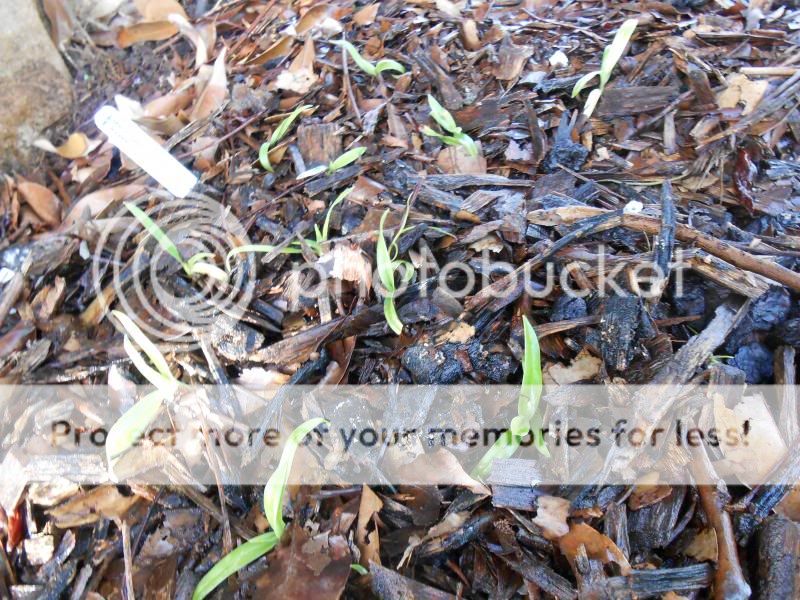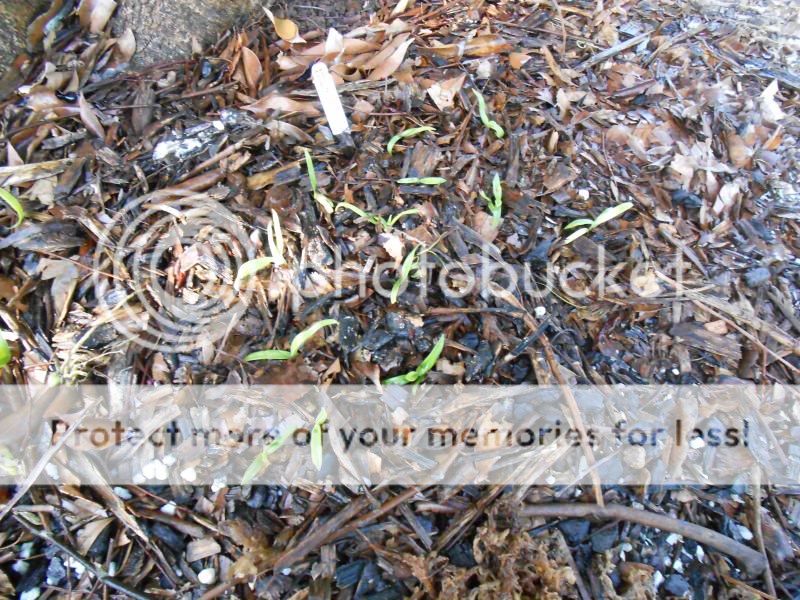There are a variety of reasons for this, some trees produce organic substances to inhibit things from growing on them.
Or an excess of K.
But if you want a nutrient based theory then why pick K, perhaps it is N, Ca or P.
Because K is the last letter in NPK. :rollhappy:
It was not a random choice. Rick focused on K based on his experience with it's toxicity to microbes. For decades we (growers) have tweaked the levels of nutrients and found a happy place. But as far as I know no one ever considered the drastic reduction of K since we all believed K was a major nutrient. Almost all other combinations have been tried and did not yield the results that low K is producing.
And then the amounts of the other nutrients would also be reduced proportionally. So you are saying that it is not the ratio of the nutrients but the absolute amounts available. So people should just use very dilute MSU formulation.
No not suggesting that at all. I think I have maintained it is all about the ratio between the nutrients. It appears that K needs to be low in the balance. If you apply maximum amounts it appears that orchid plants indulge on K and become obese and are subject to health problems.
For years (40) I used basically the MSU formula and tried almost every possible combo of nutrient ratios. The only real positive improvements was when I doubled the N using Calcium Nitrate. On a lot of plant types growth was better but I credited the extra N and Ca for the improvement. Now I see it was probably from the lower ratio of K. I never tried to lower the K because I based my fertilizer mix on Potassium Nitrate and I assumed K was a major nutrient that would not hurt plants if it was present in excess. I also personally ate a ton of sugar back then.....not now.





